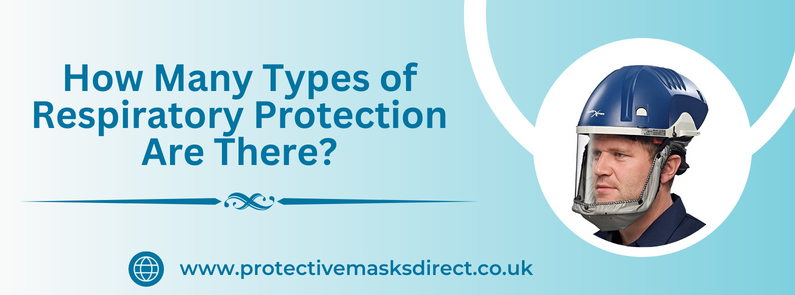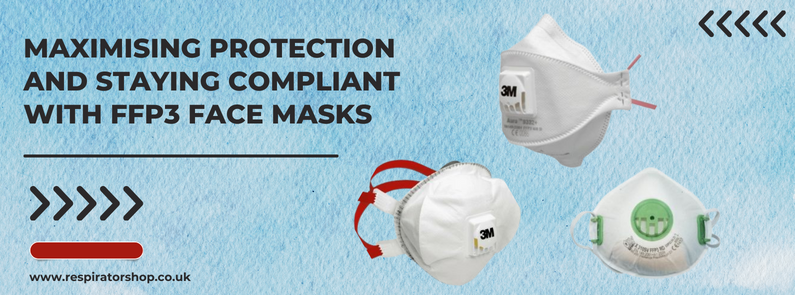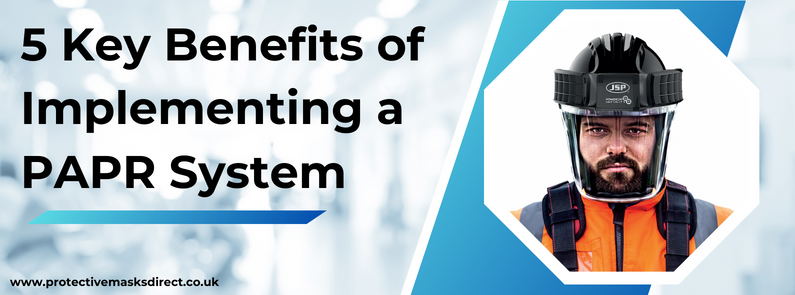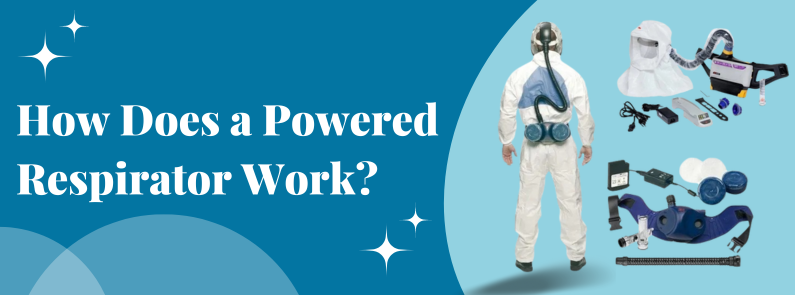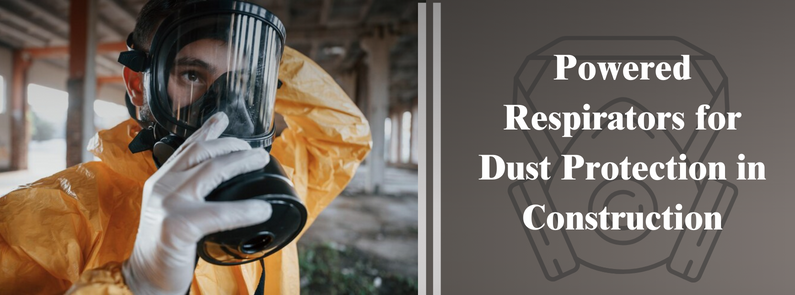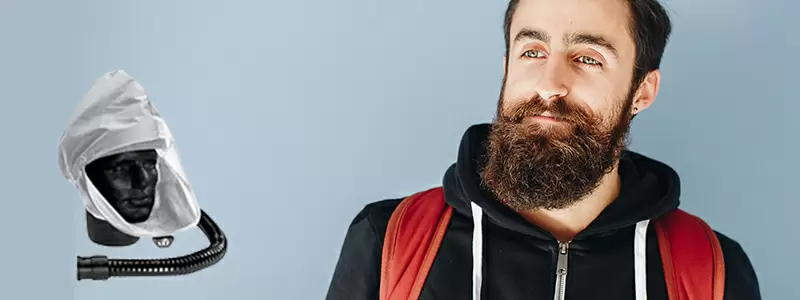
There will be an issue of inadequate protection for the workers with beards as far as the usage of tight-fitting respirators is concerned. Facial hair will compromise the security provided by the respirators and it restricts a good seal between the respirator and the face of the wearer.
There are guidelines on the usage of the protective equipment that should be strictly followed by all the employees. In the case of the respirators, it’s extremely important that respirators should fit perfectly on the wearer’s face to gain the desired level of protection.
A notice published in the NIOSH (The National Institute for Occupational Safety and Health) clarifies the definition of respirator sealing surfaces. This is applicable to all tight-fitting full-face and half face mask.
“Employees who are required to wear respirators that rely on tight facepiece fit, should not be permitted to keep facial hair that is growing in or protruding into the area of the primary sealing surfaces.”
In general, wearing a respirator or a dust mask while having facial hair can cause issues, if the masks are a tight fitting one. This happens because of the texture and density of hair can vary daily leading to unreliable fitting, increasing the potential risk of leakage.
Tips for Selecting the Right Respirators and Dust Masks for Beards
- When the facial hair comes between the face and the sealing surface of the facepiece then the respirator will fail to provide the desired safety and it shall not be worn.
- Facial hair that interferes with the valve function should not be allowed. Facial hair should be allowed only if it’s as long as it does not protrude under the respirator seal.
- There are some respirators which do not require a face seal. These can be easily worn by the employees with facial hair.
- If the respirator is a hood type mask. Hood type masks and disposable masks don’t require a tight-fit face seal.
- Your beard needs to fit inside the seal area.
- Get an effective respirator filtration by using a SAPR or PAPR system with a hood type enclosure and it does not depend on a face type seal.
- Face-fit testing can determine if the beard is an issue or not. It’s very essential to conduct a face-fit test to select the right fitting mask.
- Disposable masks will not provide an adequate level of protection if worn when you have kept the beard.
- Close-fit masks like battery powered or compressed air supplied RPE are alternatives if you have grown facial hair. They don’t need a tight-fit as most masks do.
- Hoods, helmets, and visors can be used as an alternative.
These are the things to look for selecting the right respirators and dust mask for beards. Facial hair might be acceptable if it’s not in the region of the seal. Better to introduce a clean-shaven policy among your workers.
If employees have any genuine reason like- they have a skin condition and can’t shave regularly, then you must provide them with the alternative options that don’t necessarily require a tight seal.
Are FFP3 Masks Effective on Beards?
A test was conducted to study the effect of 0-7 days of stubble growth. This research was conducted with the FFP3 masks to check their effectiveness if used with 0-7 days of stubble growth.
Fit-test was conducted for 0-7 days that started on the first day immediately after shaving and unshaven for the remaining number of the days. Results show lowering of protection level from day 1-7 and the provided safety dropped significantly.
Similarly, FFP1 masks will also be least effective when worn with a beard on the wearer’s face. And it’s advisable to clean shave your facial hair before using disposable masks. It will lower the protection level offered by disposable masks.
Conclusion
Facial hair can affect your respirators ability to safeguard you from the potential hazard. Anything that comes between your face and mask will cause hindrance, especially if it’s coming between the respirator’s seal and your face, causing the contaminated air to leak inside.
And if something like your beard obstructs the exhalation valve then also, the protection will be lost as the contaminated air will by-pass the filters. Not many masks can provide protection if you have a beard so, it will be better to be cleanly shaven if you are working in a hazardous environment.

